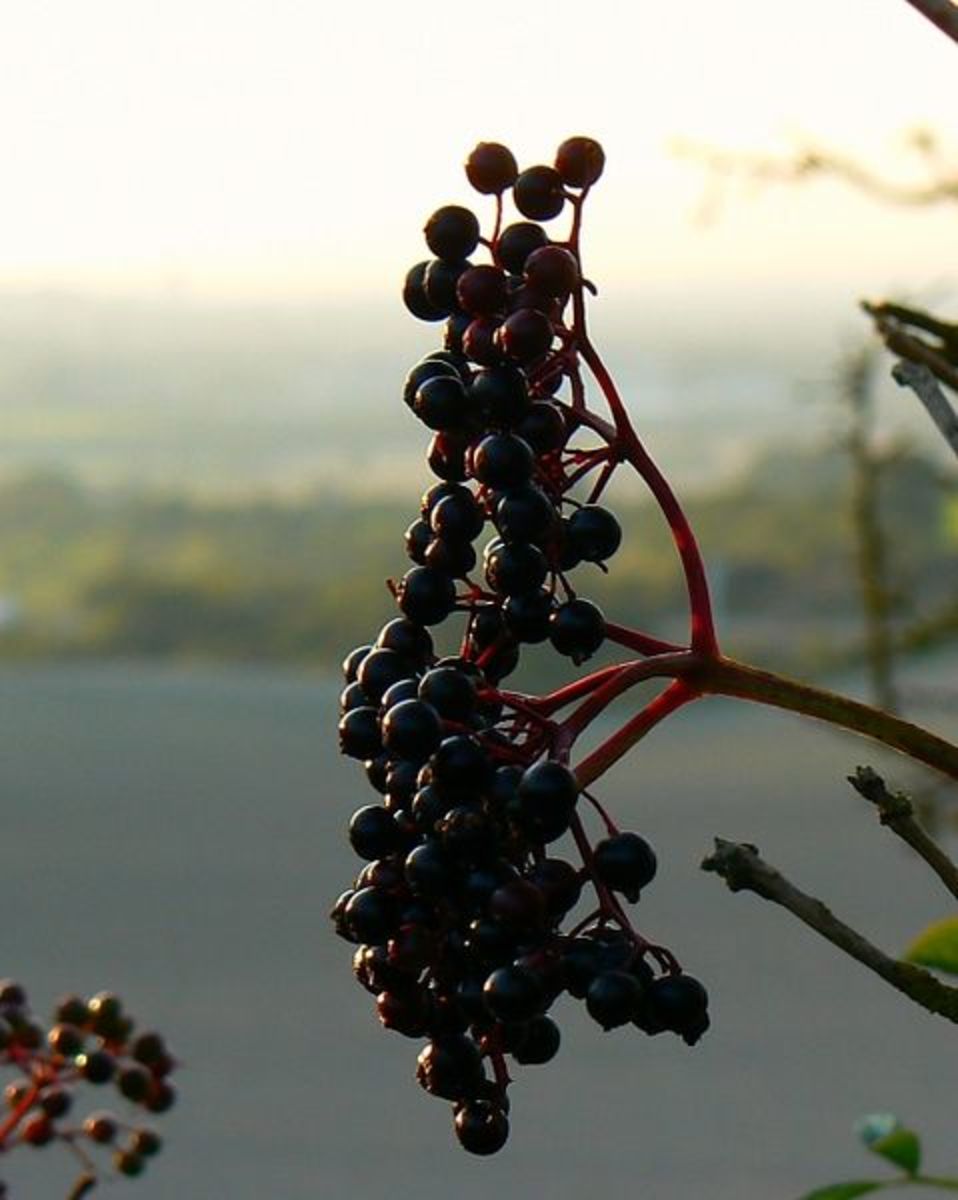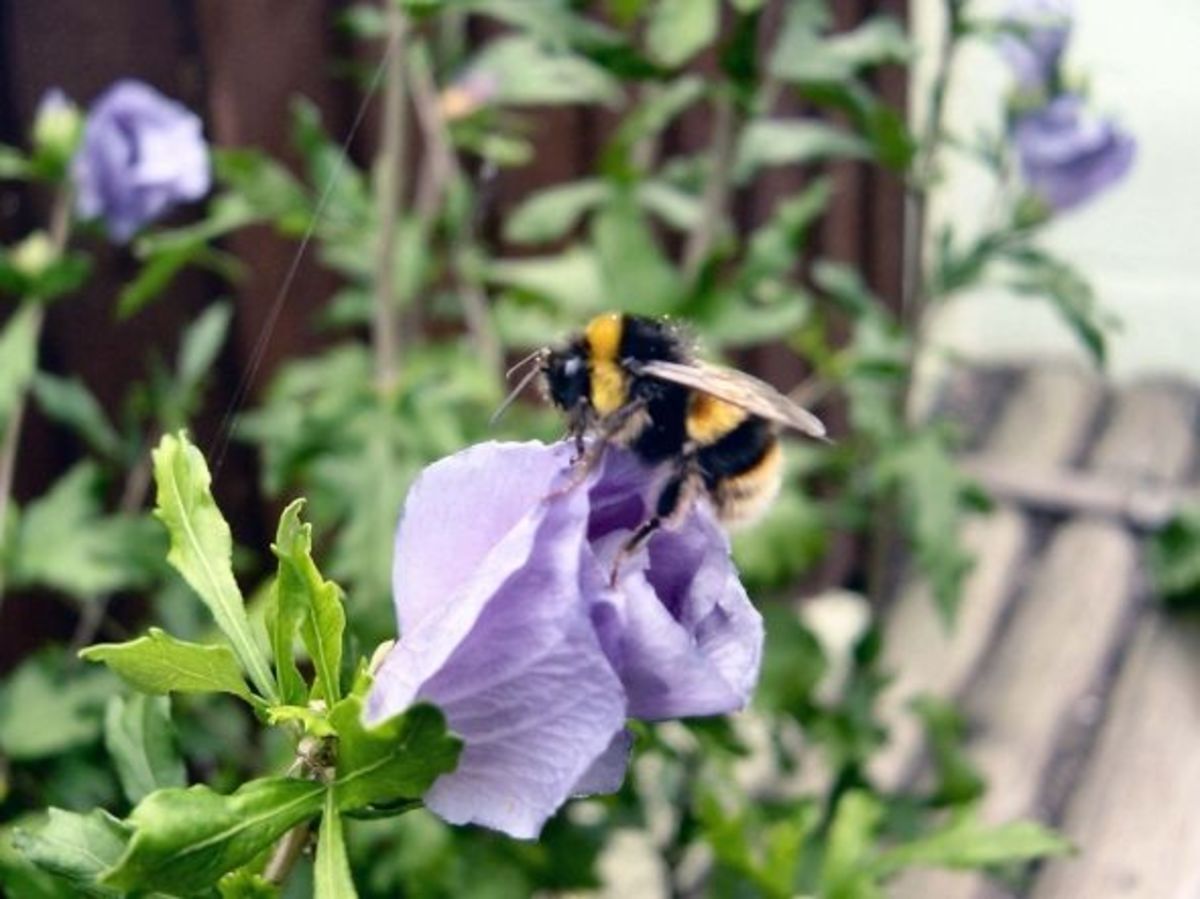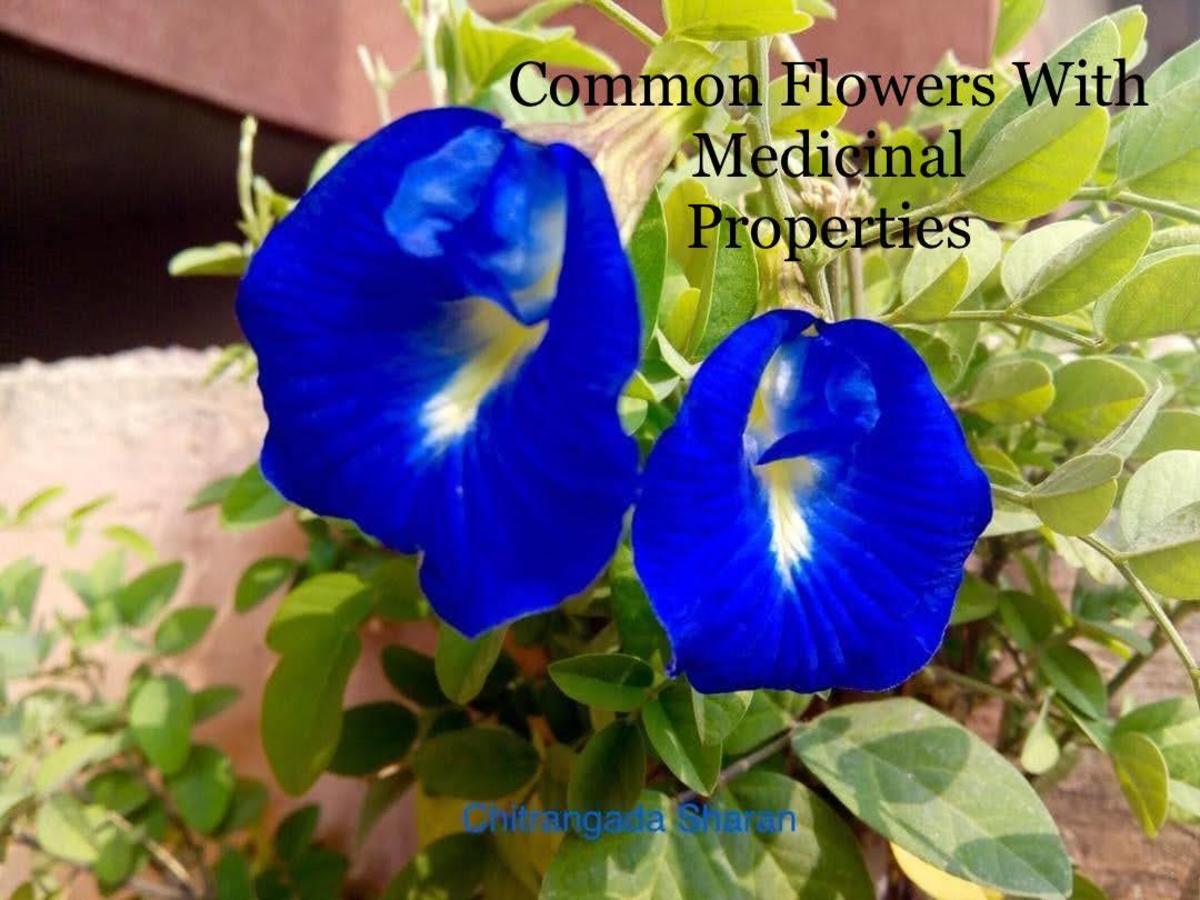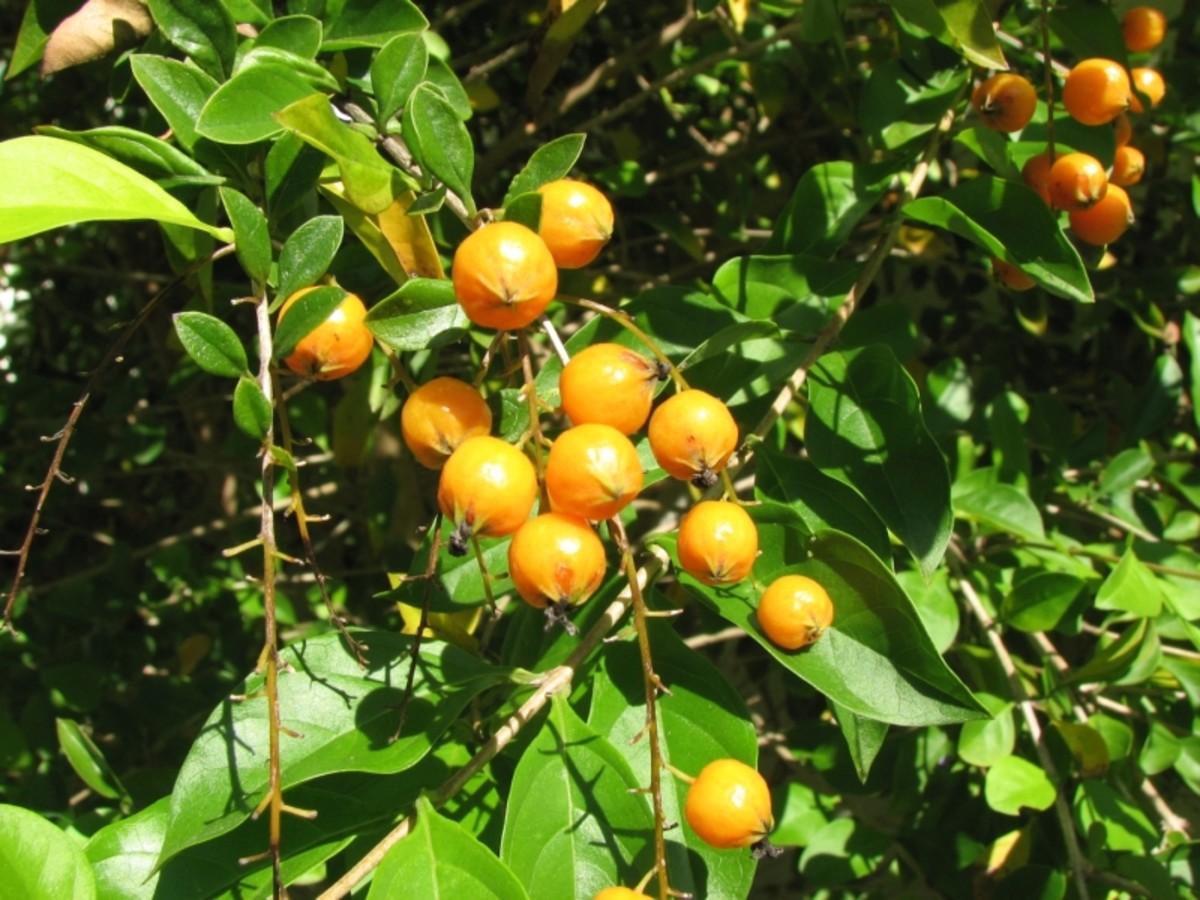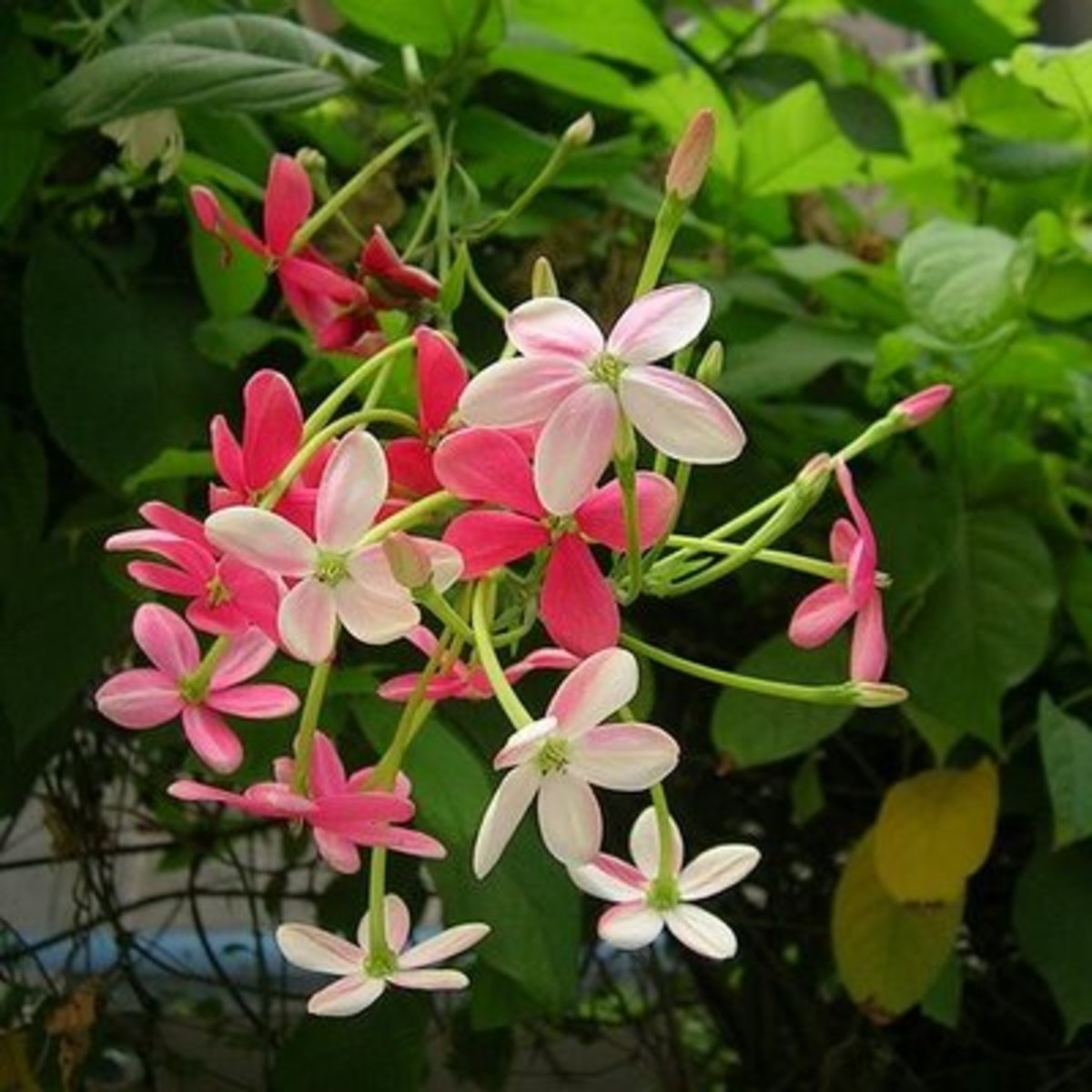Elderberry – A jewel of the garden
Elderberry
Elderberry belongs to the genus Sambucus. Amongst the different species belonging to Sambucus, black-berried elders scientifically known as Sambucus nigra, are more popular because of their excellent medicinal properties. It gets its name from the Anglo-saxon word "aeld" which means fire. It is currently known by multiple names, more common being, Elder, Black Elder, European Elderberry, common Elder or Elder Bush. Apart from medicines, parts of this plant are also used in preparation of food items, in cosmetics, etc. In order to discover the multiple benefits of this plant, we need to identify this plant distinctively from similar looking ones. This article describes the physical characteristics of this plant, so that it can be distinguished from other toxic varieties like dwarf elder (Sambucus ebulus). This article also provides the information about the multiple ways in which the parts of Elderberry plant can be used.
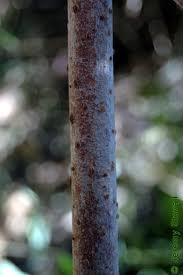
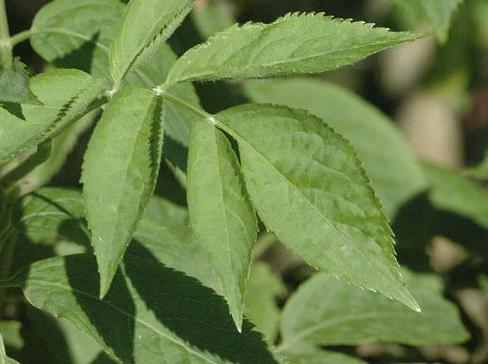
Physical Properties
Elderberry is a deciduous shrub or small tree that grows up to 30 feet tall in wet or dry soil in the presence of ample of sunlight. Even though it is native to Europe, Africa, and some parts of Asia, it has become widespread in the United States. The tender bark is light grey and turns dark grey with age. The bark is fissured and covered with many lenticles, which facilitate breathing. The branches of this tree are brittle and can break off easily when bent. The pinnate leaves grow in opposite pairs and posses five to seven leaflets. The leaflets have serrated margins and one larger terminal leaflet. The 5-petaled flowers are white in color and grow in clusters. Flowers are arranged in the form of big umbel-shaped bunches and each flower is about 25 millimeters in diameter. The inflorescences start appearing in the month of May and exude a sweet, narcotic smell. These flowers are usually pollinated by flies. Small purple-black colored berries start appearing by the end of the summer season. These berries turn black in color when they are completely ripe and are the primary source of food for birds.
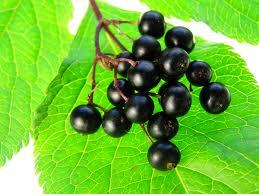
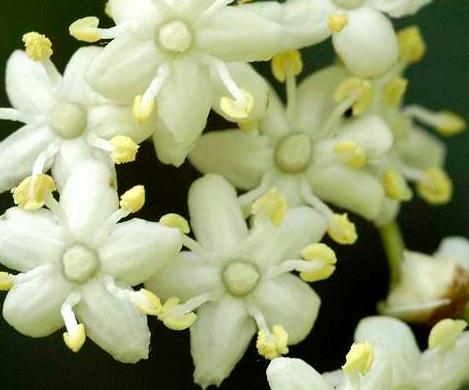
A good combination of trace mineral - Zinc and Elderberry
Elderberry, Used As Food
The dark blue or purple colored Elderberries can be safely eaten. However, the unripe or partly ripe varieties should be avoided. The green parts are mildly poisonous. Flowers and berries should be cooked before being consumed as they have an unpleasant taste and contain poisonous chemicals (unknown and cyanogenic glycosides), which get destroyed on cooking. These berries are a rich source of vitamin C. These berries are used to prepare various products like, jams, jellies, sauce, wine, fritters and other baked foods.
The flowers are used to prepare cordials or syrup, which are diluted with water to prepare a refreshing drink. The local popularity of this drink is so much that commercial soft drink makers have introduced elderflower as one of their drink flavors. The flowers are also used in wine making. The flower heads for an excellent snaking item when dipped in batter and deep fried.
Medicinal Uses of Elderberry
The main interest in this shrub is because of its medicinal properties. All parts of the Elderberry tree are known for their various medicinal properties since ages. Elderberries are rich in certain flavonoids (quercetin and rutin) which are responsible for their pharmacological activity. They are also rich in anthocyanins like cyanidin-3-sambubioside and cyanidin-3-glucoside. The studies related to the medicinal properties are limited to laboratories or are based on personal experiences. If research is extended further to study the efficacy on human beings, a large number of people might get benefited by Elderberries.
Elderberries and flowers are well known for:
Antiviral effect – Elderberries are well known for its antiviral effects as it reduces the infectivity of different viruses like influenza A and B, HIV, Herpes simplex virus type 1 (HSV-1) strains, swine flue, etc. It reduces the symptoms of cold and flu.
Positive effects on immune system – Elderberries can boost up the suppressed immune system in viral affected individuals. They modulate the immune activity by increasing the cytokine production.
Antioxidant properties – Anthocyanin and flavonoids show significant antioxidant properties and protects from oxidative stress.
Other advantages include use of flowers in skin washes and as a mild laxative during constipation. The leaves are known for their pain relieving and healing properties and are used for bruises, sprains and wounds. Its effects on blood lipids and diseases like diabetes are yet to be ascertained.
Elderberry – A Source of Food for Other Animals
The Elderberry is a life source for many animals and birds. Birds like hummingbirds and vireos use the trees for nesting and berries for food. Mule deer and sheep eat the tender leaves.
Tool Making and Musical Instruments
As the branches are strong and the wood is hard, it can be used to make combs, spindles, and pegs. The twigs and fruits are used in creating dyes for basketry. The hollow stems can be fashioned into flutes and blowguns.
It can be used as an excellent hedging plant and can be used as a fodder for sheep and cows.
Precautions to Be Taken With Elderberry
Care must be taken in the use of this plant as most parts of the plant contain glycoside sambunigrin, which is known for its cyanogenic or poisonous properties. The bark contains calcium oxalate crystals, commonly known to cause kidney stones. While commercial products are assumed to go through the normal cleaning process, which reduce or eliminate the poisonous effects, raw usage should be left to the experts. The only parts which can be safely used are the fully ripe fruit and the flower. Avoid the seeds of Elderberry too.
Conclusion
This plant is widely grown as an ornamental plant as it is easy to grow it and is advantageous to humans in a number of ways. So don’t you want to have Elderberry in your garden?



